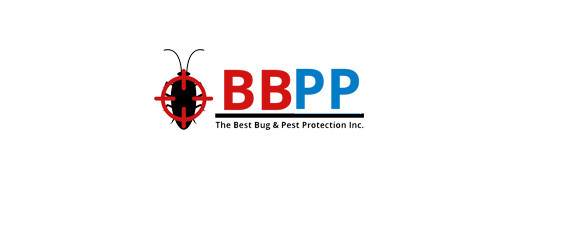views
Safety is a paramount concern within a workplace, and it rests squarely on the shoulders of managers. Whether you hold the title of Site Manager, Team Leader, Floor Supervisor, or Trade Supervisor, you bear the responsibility of ensuring the safety of your team. This responsibility extends to subcontractors and visitors on your site, making it a substantial role to fulfill.
To assist you in this crucial task, we've devised a safety checklist designed to address and mitigate the major hazards you may encounter during your work, thereby providing you with a proactive approach to safety.
It's important to note that safety requirements can be highly specific to individual workplaces. This checklist serves as a tool to stimulate your thinking about safety and should not be seen as a substitute for regular safety inspections, open communication, or site-specific safety guidelines.
Essential Safety Checklist for Managers
1. Hazard Detection Process
Injury risks are not always readily apparent. Therefore, it is imperative that managers, workers, contractors, and visitors remain vigilant in identifying, reporting, and effectively managing potential hazards. Here are some key points to consider:
- Prioritize the removal of hazards.
- Ensure that safety signage is clearly visible.
- Mark hazards that cannot be removed.
- Be attentive to slip, trip, and fall hazards.
- Confirm that all personnel understand the hazard detection and notification processes.
- Maintain documentation of all hazards, near-misses, and incidents.
- Regularly test and tag electrical equipment.
- Isolate hazardous materials until proper safe removal procedures can be followed.
2. Working at Heights or in Confined Spaces
Falling from heights is a leading cause of injuries across various industries. As a manager, it is your responsibility to ensure the safety of all team members, regardless of the scale of the task. Key steps include:
- Inspect fall protection equipment.
- Examine the condition of scaffolding and ladders.
- Identify hazards associated with confined spaces.
- Keep records of credentials and certifications.
- Implement buddy systems and adhere to established safety processes.
3. Personal Protective Equipment (PPE)
Managers, or the company they represent, are obligated to provide appropriate site-specific PPE, encompassing everything from high-visibility workwear to safety boots. Before work commences, it is crucial to verify the following:
- All workers are wearing the required PPE.
- PPE is in good condition.
- Spare PPE is available for visitors and in case of damage.
- PPE training is up to date.
4. Safety Boots
Safety boots are not merely a part of essential PPE; they also play a pivotal role in enhancing productivity and ensuring safety. Here are some checks to conduct:
Check that soles are non-slip and in good condition
Ensure workers have toe protection where required
Double-check for specialized safety features, like EH ratings for electricians and Nitrile outsoles for welders.
Supply female workers with properly fitted women's work boots.
5. Tool and Equipment Safety
Proper usage and maintenance of equipment are fundamental in preventing accidents. Hazards tied to equipment can range from minor punctures and skin irritations to more severe incidents like crushing and vehicle collisions. Key measures to take include:
- Regularly inspect equipment for defects or damage.
- Confirm that workers are adequately trained and equipped with the necessary PPE.
- Test and tag all electrical equipment.
- Review operating procedures for tools and equipment.
- Maintain updated Material Safety Data Sheets (MSDS).
- Provide training for workers handling hazardous equipment.
- Keep a certification register.
- Encourage workers to report defective equipment immediately.
6. Stretching and Breaks
Incorporating stretching routines before work and between tasks can aid in injury prevention and overall well-being. Workers should also be encouraged to take regular breaks to recharge, particularly in hot weather or strenuous environments. Steps to take include:
- Educate workers about the benefits of stretching.
- Allocate time and provide demonstrations of proper stretching techniques.
- Ensure there is a designated area for water breaks.
- Encourage workers to stretch all muscle groups, not just areas experiencing discomfort.
- Remind line managers to be vigilant for signs of fatigue and mental distress.
- Emphasize the importance of working within safe physical limits.
7. Emergency Procedures
Being prepared for emergencies and conducting regular training on emergency procedures can be a life-saving endeavor. Key points to cover include:
- Develop and distribute emergency response plans.
- Display evacuation maps and emergency contact numbers.
- Conduct regular drills.
- Test fire suppression equipment.
- Ensure each work area has a designated fire warden.
- Provide employees with basic first aid and CPR training.
- Ensure that first aid kits are readily accessible and well-stocked.
It's worth noting that comfortable work boots play a significant role in preventing strains, pains, and fatigue among workers.
In case you are looking for high-quality work boots, they are considered an essential PPE item, and making the right choice can significantly enhance worker safety and comfort. The best work boots contribute to overall well-being, reduce fatigue, and empower workers to excel.
For a wide selection of both men's and women's work boots, you can explore the offerings at your local Steel Blue stockist.











